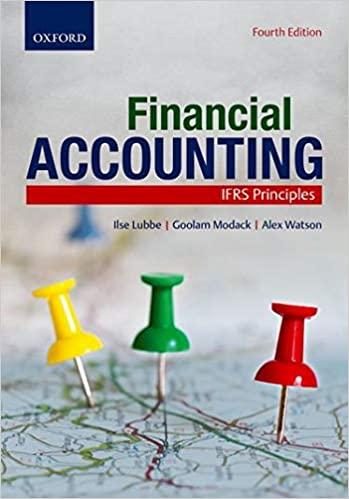Question
1A. Pear, an individual, plans to start a small business, which will operate as a corporation. In year 0, she expects the corporation to generate
1A. Pear, an individual, plans to start a small business, which will operate as a corporation. In year 0, she expects the corporation to generate an ordinary loss of $1,550,000. Subsequently, she expects the corporation to be profitable, and projects ordinary profit of $2,325,000 in year 1, and $3,875,000 in year 2. Pear's personal marginal tax rate on ordinary income is 37%. Assuming a corporate tax rate of 21% and a 10% discount rate, calculate the present value of expected tax costs on the business earnings for the first 3 years of operations if the business does not make an S corporation election. Assume the excess business loss limitation does not apply. Round your discount rate calculations to three decimal places.
1B. Pear, an individual, plans to start a small business, which will operate as a corporation. In year 0, she expects the corporation to generate an ordinary loss of $300,000. Subsequently, she expects the corporation to be profitable, and projects ordinary profit of $450,000 in year 1, and $750,000 in year 2. Pear's personal marginal tax rate on ordinary income is 37 Assuming a corporate tax rate of 21% and a 10% discount rate, calculate the present value of expected tax costs on the business earnings for the first 3 years of operations if the business makes an S corporation election. Assume the excess business loss limitation does not apply. Round your discount rate calculations to three decimal places.
Step by Step Solution
There are 3 Steps involved in it
Step: 1

Get Instant Access to Expert-Tailored Solutions
See step-by-step solutions with expert insights and AI powered tools for academic success
Step: 2

Step: 3

Ace Your Homework with AI
Get the answers you need in no time with our AI-driven, step-by-step assistance
Get Started


